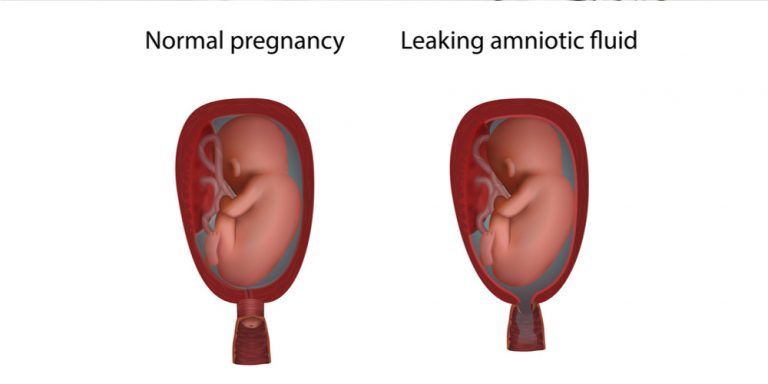
In most cases when your pregnancy goes to term, the amniotic sac membranes rupture, causing the fluid to begin leaking out. Green fluid will typically indicate your baby passed a bowel movement and requires special care at delivery.
#AMNIOTIC FLUID LEAK PROFESSIONAL#
It is particularly important to talk to a medical professional if you think your water broke or you notice the fluid seems green. They may conduct an exam to determine the fluid being leaked. If you aren’t sure whether you are leaking amniotic fluid or another liquid, talk to your doctor. It may also be very sloppy, making you change your panty liner or underwear multiple times a day.

In the case of leaking vaginal fluid, your discharge will most likely be yellowish to white or clear in appearance. In the case of leaky urine, you will probably notice a distinctive odor to the fluid. It will sometimes also be tinged with mucus or blood. The fluid will not usually smell, but it may be clear or have white flecks. It also continues to leak, repeating the saturation of your undergarments. You can tell that the leaking is indeed amniotic fluid if it is odorless and significantly soaks your undergarments. It is also possible that the leaking you are experiencing is urine the large pressure on the bladder during pregnancy can easily lead to an accident if you make the wrong movement. During the final three months of pregnancy, your baby will put a tremendous amount of pressure on your body, leading to normal cervical discharge in small quantities. In many cases, it can be challenging to tell whether you are leaking amniotic fluid. It also helps your baby’s digestive system and lungs mature. This process is commonly referred to as the waters breaking.ĭuring your pregnancy, the amniotic fluid protects your baby from infection and from injury if your baby bump gets squashed or if you experience a blow to the stomach. The membranes serve to ensure your baby is securely sealed within the amniotic sac and they will typically break open when you go into labor, at which point fluid flows out and your baby will be ready for birth.

There are two membranes that make up the amniotic sac wall: the amnion and the chorion. Throughout your pregnancy, your baby is inside of an amniotic sac which is a fluid-filled bag within your uterus that cushions him. What Is Amniotic Fluid and What Does It Do? Among pregnant women, leaking amniotic fluid is a common issue and if it is not treated soon enough, it can threaten the health of the mother and child. Some women will notice vaginal discharge that feels similar to a small gush and it can lead to embarrassment, even if it isn't visible.


 0 kommentar(er)
0 kommentar(er)
